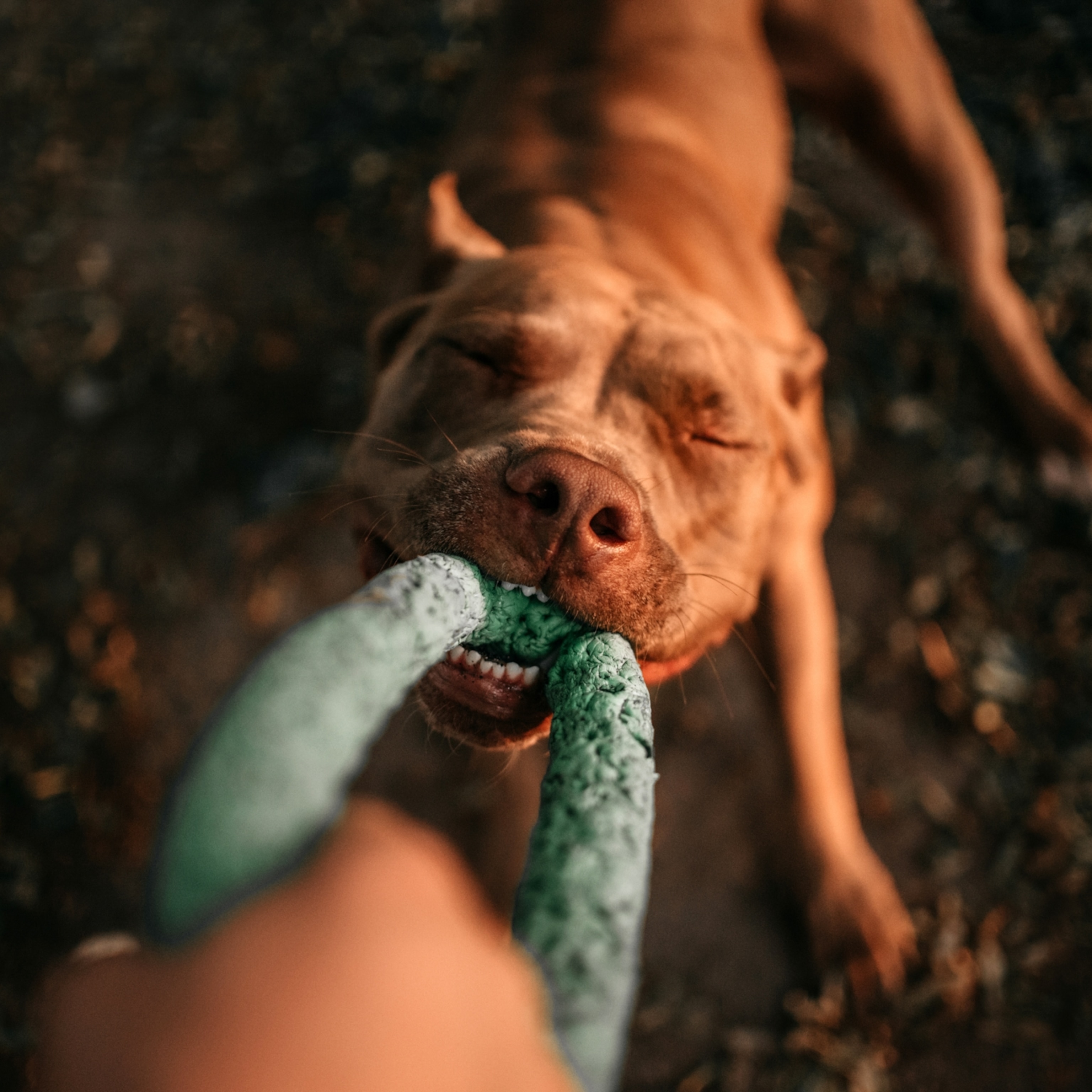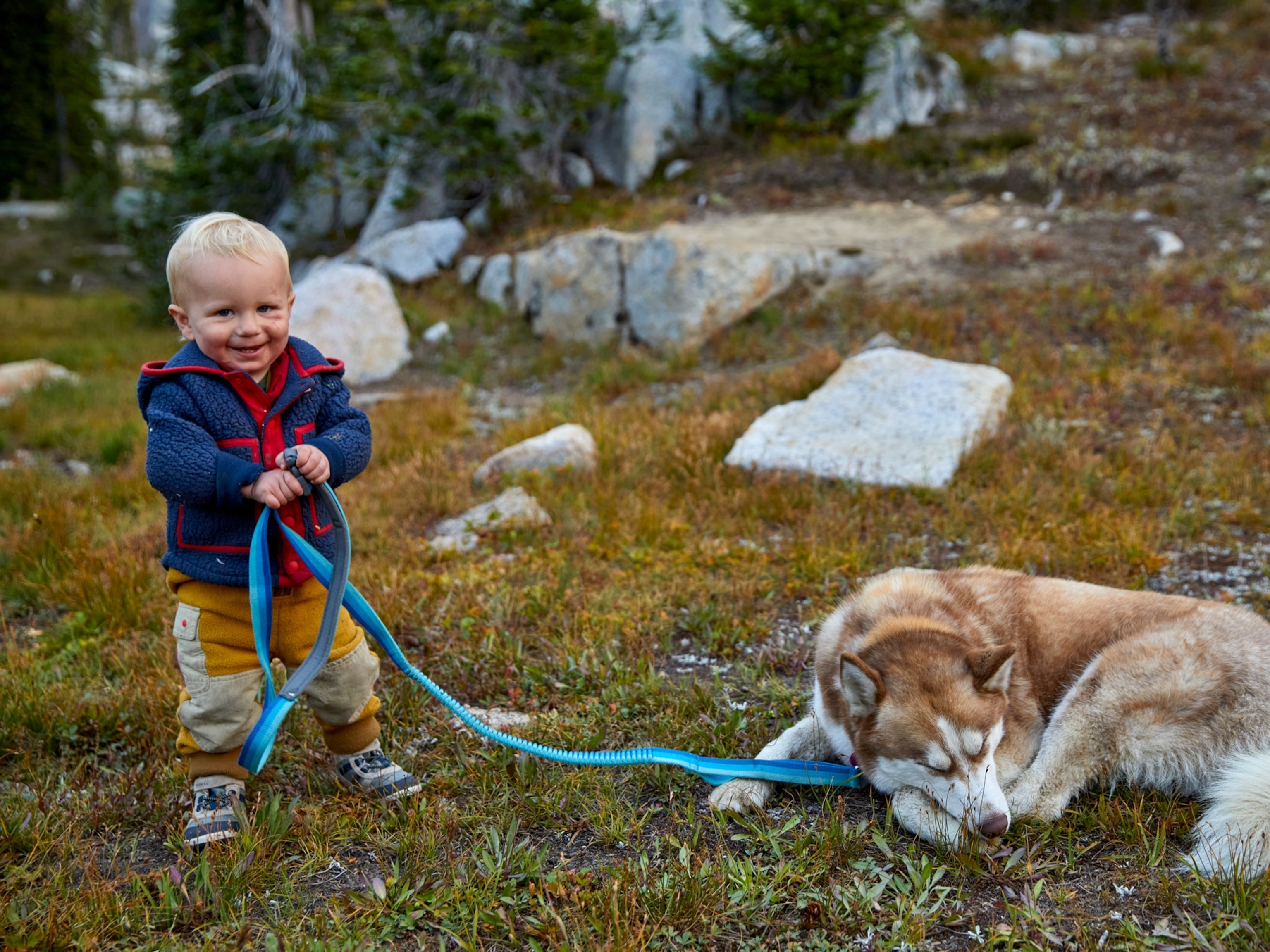Dogs, by nature hungry and curious, can sometimes get themselves into trouble by eating the wrong thing. Veterinarians like Amelia Nuwer have witnessed a fair share of horror stories.
Her emergency room, at the University of Florida Small Animal Hospital, has treated dogs poisoned by all kinds of drugs, both legal and otherwise. These toxic substances include opioids—prescription painkillers, synthetics like fentanyl, and heroin.
While opioid overdoses, which killed more than 47,000 people in the United States in 2017, are considered a human problem, pets can be harmed or killed if owners leave out or don’t properly secure the drugs.
When dogs ingest opioids, a situation Nuwer encounters every few months, they often appear dulled and subdued, or, at worst, comatose.
“They are mentally dull, often with a slow heartbeat, and low blood pressure,” Nuwer says, symptoms mirrored in humans that overdose. The drugs “decrease the heart’s ability to pump out blood... and impair breathing—and that’s inevitably how they can pass away.”
Now, for the first time, researchers have made an effort to measure the impact of opioid poisonings in dogs. In a paper published in PLOS ONE, scientists analyzed calls to a poison control hotline for pets, and found that owners made nearly 600 calls per year, on average, to report accidental ingestion of opioids.
Researchers found 5,162 cases of opioid poisonings in the United States were reported to the Animal Poison Control Center between 2006 and 2014, accounting for nearly three percent of the 190,000 calls relating to canines. The center collected data on dog breeds, ages, and weights. Smaller, younger dogs were more likely to be the subject of calls, says Mohammad Howard-Azzeh, lead author of the study, and a doctoral student in veterinary epidemiology at the University of Guelph.
That’s likely because younger dogs are more curious and physically smaller. Their lower body masses are more susceptible to poisoning.
“Puppies are ‘busy’ and many people do not adequately puppy proof their homes,” says Tina Wismer, senior director of the poison control center, which is run by the American Society for the Prevention of Cruelty to Animals.
The paper found that toy breeds and hounds were most apt to consume drugs, the call records suggest. Furthermore, non-neutered or non-spayed animals were more likely to be the subject of reported poisonings, though researchers aren’t sure why, Howard-Azzeh says. The dog’s sex and reproductive status had no measurable impact on the likelihood of being poisoned.
There is a bright side. Like humans, dogs can be effectively treated for opioid overdoses with naloxone, a drug that reverses the harm by binding to the same receptors as the painkillers. “We can just give them naloxone until they’ve returned to normal,” Nuwer says.
However, each case is unique, and the treatment can be delayed or hampered if pet owners don’t know—or refuse to say—what drug their dog may have ingested. That’s relatively common, Nuwer says, especially in the case of illicit substances.
“People get afraid, when dogs have got into something [illegal], that we’ll call the authorities,” she says. Veterinarians are not required to report the use of illegal drugs, and usually will not unless the person seems at risk of harming themselves or others, she adds. “In reality our goal is to treat and save animals, not to report humans for doing drugs.”
Besides opioids, other problematic drugs ingested by dogs include over-the-counter painkillers like ibuprofen and acetaminophen, which can respectively cause kidney and liver damage. Heart medications, antidepressants, and ADHD medications, are also typical toxicants.
Chocolate, which is toxic to dogs, is the most common food connected to poisoning calls, and is generally treated by induced vomiting.
The paper found that the number of calls mirrored the number of human prescriptions, both nationally and locally. In counties with higher numbers of prescriptions, the study authors predictably found more calls. The amount of calls to the poison control center peaked in 2008, and then slightly declined, mirroring the trend with human prescriptions, which have also decreased since 2010.
In the past four years, the average number of calls has dipped below 500, according to data provided to National Geographic by Wismer. That’s considerably lower than the mean for the previous decade. The number of opioid-related calls in 2015 and 2018 was 432 and 483, respectively, lower than any year since before the study began in 2006.
But opioids use overall is not down. Since 2010, illicit use has increased, with deadly consequences for humans. So far, the authors haven’t seen a corresponding rise in dog poisonings, perhaps because illegal opioids are used shortly after purchasing, and are generally less accessible to dogs than prescription pills, which are kept around longer, according to the study.
Luckily, most poisonings can be prevented, says Carolyn Martinko, a veterinary doctoral student at Guelph who wasn’t involved in the research, “by increasing public awareness of the issue, by reminding dog owners to keep opioids in a secure spot in the home away from pets and children; and by informing dog owners to consult a veterinarian before giving their pet a medication that was not prescribed to it.”
If the worst happens, and your dog eats something it shouldn’t, “don’t be afraid to tell the vet,” Nuwer says.









